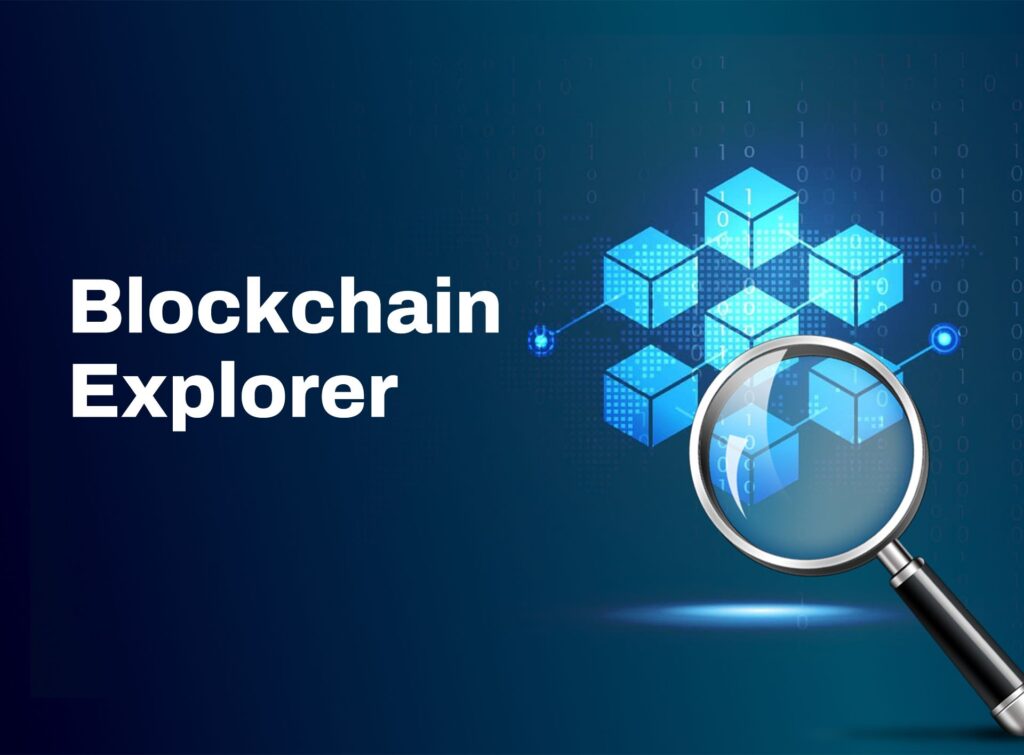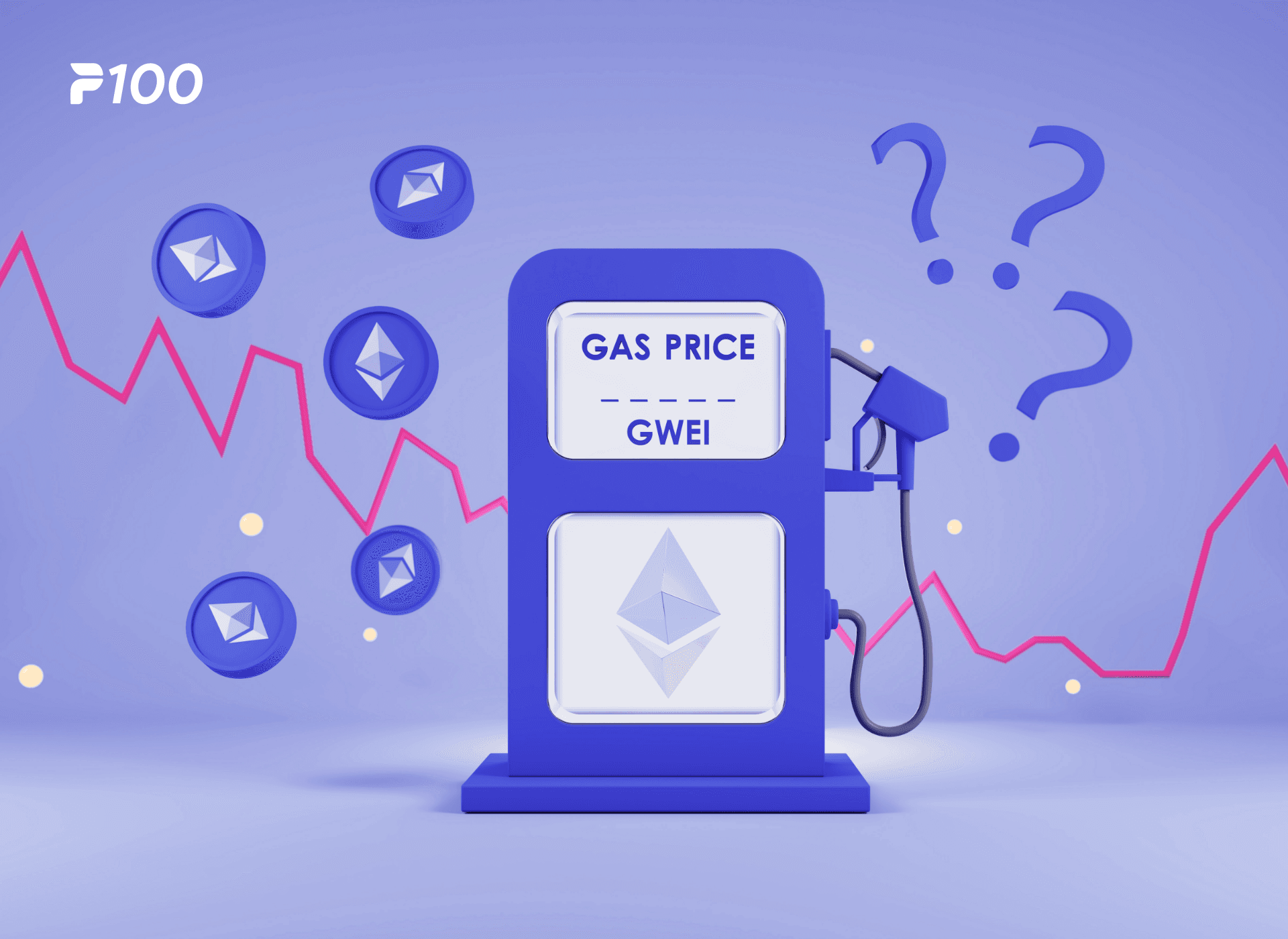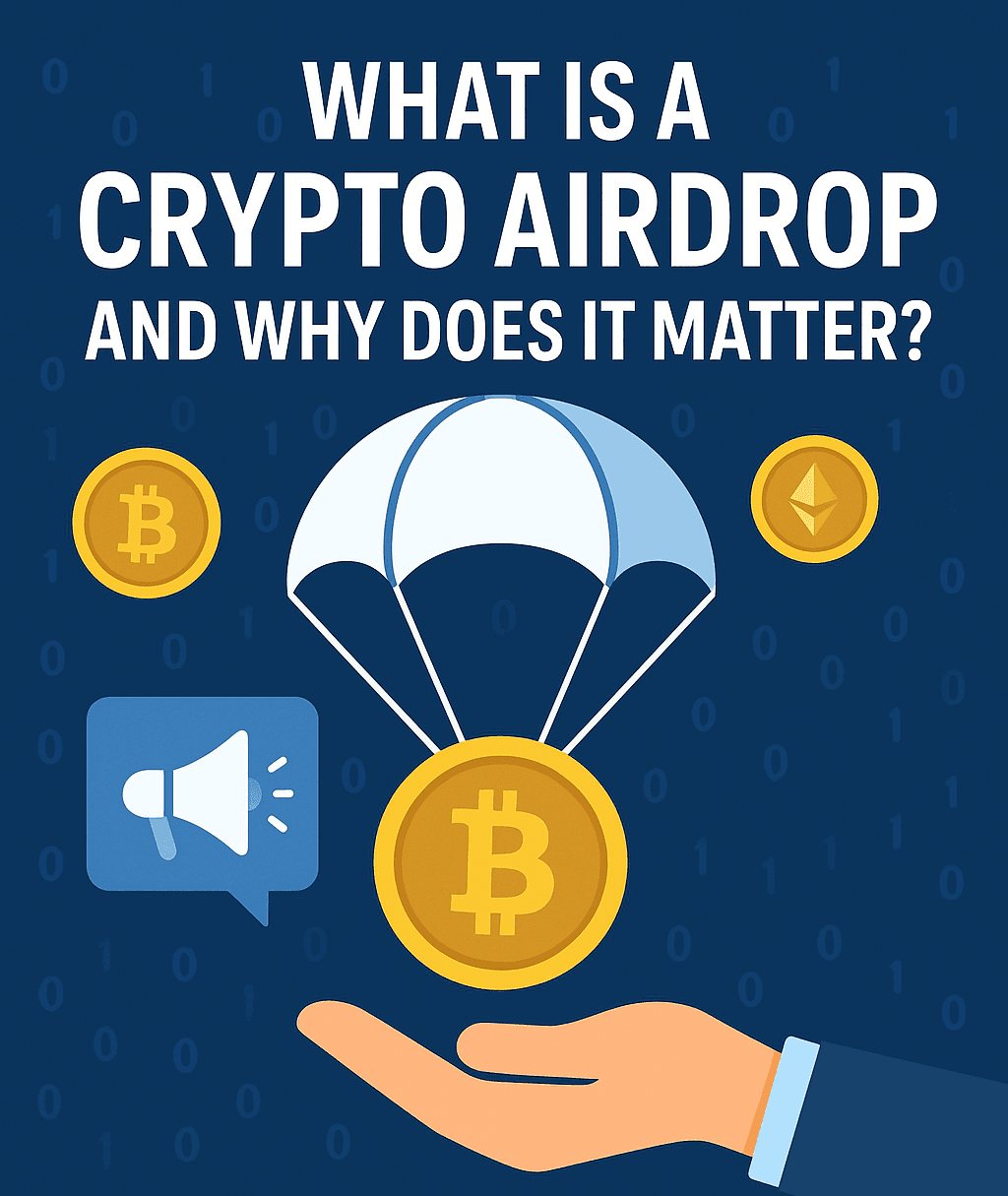Disclaimer: This article is for informational and educational purposes only. It does not constitute financial, investment, or legal advice. The cryptocurrency market is highly volatile, and you should always conduct your own research (DYOR) and consult with a qualified professional before making any investment decisions.
What Is A Blockchain Explorer?
If you’ve ever sent or received cryptocurrency, you’ve likely felt that brief moment of uncertainty. Did the transaction go through? Where is it now? While the blockchain is famous for its transparency, that data can feel invisible without the right tool. So, what is a blockchain explorer? In the simplest terms, think of it as a search engine and web browser, like Google Chrome or Safari, but specifically for a blockchain. It’s a window into the digital ledger, allowing you to blockchain explore in a way that is accessible, searchable, and easy to understand.

This tool is not just for developers or technical experts; it’s an essential utility for every single crypto user. It transforms the abstract concept of a distributed ledger into a tangible, navigable map of transactions, wallets, and digital assets.
Why Blockchain Explorers Matter and How They Empower Users
Why do we even need blockchain explorers? The answer lies in one of crypto’s core principles: trustlessness. The goal is to create a system where you don’t have to trust a central party like a bank to tell you your balance is correct or that your payment was sent.
A blockchain explorer is your personal verification tool. It empowers you to:
- Verify Independently: Confirm transactions without relying on anyone else.
- Audit Publicly: View the transaction history of any public wallet address.
- Gain Transparency: See the flow of funds, smart contract interactions, and the creation of new tokens in real time.
In essence, it’s the tool that makes the blockchain’s promise of transparency a reality for the average person.
How Does a Blockchain Explorer Work?
So, how does this “search engine” get its information? A blockchain explorer works by running a “node”—a full copy of the blockchain’s entire history. It constantly listens for new blocks and transactions, then organizes all this raw data into a structured, searchable database.
When you type a transaction ID or wallet address into the search bar, the explorer quickly pulls the relevant information from its database and presents it to you on a clean, human-readable webpage. It’s the user-friendly interface for the blockchain’s complex raw data.
Verifying Blockchain Transactions in Real Time
Every transaction on a blockchain is given a unique identifier, known as a transaction hash or TxID. Think of it as a tracking number for your crypto. By pasting this TxID into a blockchain explorer, you can see its status: whether it’s still pending, how many “confirmations” it has, and when it was successfully added to a block.
Exploring Wallet Addresses and Transaction Histories
Every crypto wallet has a public address, similar to a bank account number. You can enter any public address into a block explorer to see its current balance and a complete, unchangeable history of every transaction it has ever sent or received. This is pseudonymous—you see the address, not the owner’s name—but the financial history is an open book.
Navigating Blocks to Uncover On-Chain Insights
Want to go deeper? You can click on any individual block number. The explorer will show you everything contained within that specific block: a list of all transactions, the timestamp, and the reward paid to the miner. From what I’ve seen in the market, this level of granular data is what analysts use to spot emerging trends. What’s truly fascinating is how the specific ordering of transactions within a block can be manipulated to gain an advantage, a complex concept that answers the question, What is MEV? (Maximal Extractable Value).
Viewing and Interacting with Smart Contracts
For blockchains like Ethereum, explorers are even more powerful. You can look up a smart contract address to read its underlying code, check its transaction history, and see how many people are interacting with it. Some explorers, like Etherscan, even allow advanced users to call functions and interact with the contract directly from the web interface.
Everyday Uses of Blockchain Explorers: Practical Scenarios Explained
Theory is great, but how will you actually use a what is a block explorer in your day-to-day crypto journey? Let’s break it down into practical, real-world examples.
- Check Blockchain Transaction Status Instantly: You just sent crypto to a friend. Instead of asking “Did you get it yet?”, you can copy the TxID, paste it into the appropriate explorer, and see for yourself that it has been confirmed.
- Confirm Payments Received: Someone tells you they’ve sent you a payment. You can simply go to the explorer, enter your own public wallet address, and watch for the new incoming transaction to appear.
- View Your Wallet Balance Safely: An explorer offers a “read-only” way to check your balance. This is incredibly secure because you aren’t connecting your wallet or signing any transactions.
- Detect Suspicious Activity: By periodically reviewing your wallet’s transaction history, you can spot any unauthorized outgoing transactions immediately.
- Research Cryptocurrency Tokens: Before investing in a new token, find its contract address on a site like CoinMarketCap and paste it into the explorer. This allows you to verify crucial details like total supply and holder distribution.
- Monitor Smart Contracts: If you’re using a DeFi application, you can use a block explorer to monitor the health and activity of its smart contracts.
- Check NFT Ownership: A block explorer is the ultimate tool for verifying NFT authenticity. You can trace an NFT’s entire history right back to the moment it was minted.
- Track Whale Wallets: “Whales” are wallets holding enormous amounts of crypto. Analysts monitor these addresses on block explorers to gauge market sentiment.
- Verify A Crypto Airdrop: Wondering what is crypto airdrop and if you’ve received one? Instead of connecting your wallet to a potentially risky third-party site, you can safely check your wallet address on a block explorer to see if new, unexpected tokens have arrived.
Inside a Blockchain Explorer: Technical Structure and Core Components
While the front-end is simple, the back-end of a block explorer is a sophisticated piece of technology. A common mistake is to think it’s just a simple website; in reality, it’s a full data pipeline.
- Node Synchronization and Data Indexing: The explorer runs a full node to have a complete copy of the blockchain and indexes the data for quick searching.
- Database Management and Data Extraction: The indexed data is stored in high-performance databases, making it easy to query.
- User Interface Setup and Server Configuration: This is the website you see and interact with, designed to be intuitive and fast.
- API Requests and Input Data Conversion: When you search, the website sends an API (Application Programming Interface) request to the backend.
- Backend Query Processing and Blockchain Data Retrieval: The backend receives the request and queries its database for the specific transaction, address, or block.
- Formatting and Delivering Results to Users: The backend then formats this data into a clean, organized table and sends it back to your browser.
Leading Blockchain Explorers and Their Supported Networks
Different blockchains are like different countries with their own unique maps; they are not cross-compatible and thus require their own dedicated explorers.
It’s also crucial to understand what is bridging in crypto. When you bridge assets from one blockchain (like Ethereum) to another (like Polygon), you are essentially locking them on the first chain and minting a representation on the second. To track the full journey, you must use two different explorers—Etherscan for the Ethereum side and PolygonScan for the Polygon side—to verify the transaction at both ends.
Popular Blockchain Networks
- Bitcoin (BTC): The original blockchain.
- Ethereum (ETH): The leading platform for smart contracts.
- Solana (SOL): Known for its high speed.
- BNB Smart Chain (BSC): A popular chain in the Binance ecosystem.
Trusted Blockchain Explorer Platforms
- For Bitcoin: Blockchain.com Explorer, Blockstream.info
- For Ethereum & EVM Chains: Etherscan.io is the undisputed king. Its interface is the industry standard and has been adapted for many other chains (e.g., BscScan, PolygonScan).
- For Solana: Solscan.io, Solana Explorer
Final Thoughts: Choosing the Right Blockchain Explorer for Your Needs
Understanding what is block explorer technology is no longer optional for anyone serious about cryptocurrency. It is your lens for viewing the truth on-chain, your shield for verifying information, and your toolkit for conducting thorough research.
My advice is simple: find the primary block explorer for the blockchain you use most often and get comfortable with its interface. Whether you’re tracking a simple payment, researching a new token, or confirming a withdrawal from a retail platform like the Zavros Network, the skills you build using a block explorer are fundamental. By mastering this single tool, you’ll elevate your understanding, safety, and confidence in the entire crypto ecosystem.
About the Author
Alex Carter is a Crypto Content Specialist who has been writing about technology and finance for over five years. With a background in breaking down complex systems, Alex focuses on making the world of blockchain and decentralized finance accessible to everyone. You can find more of their work on this site or connect with them on X (formerly Twitter) and LinkedIn.





